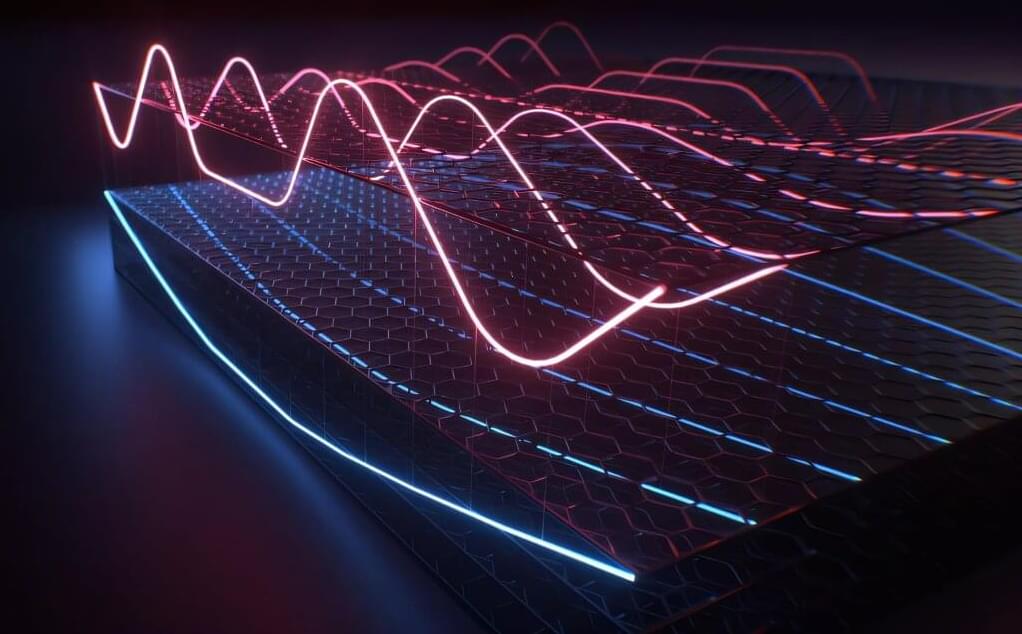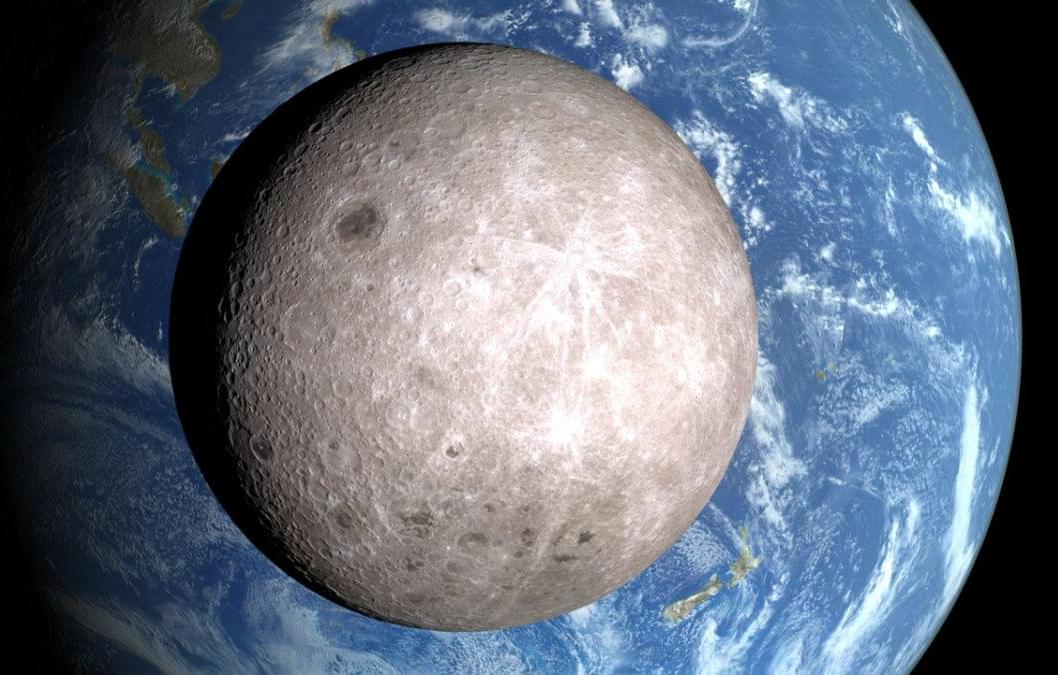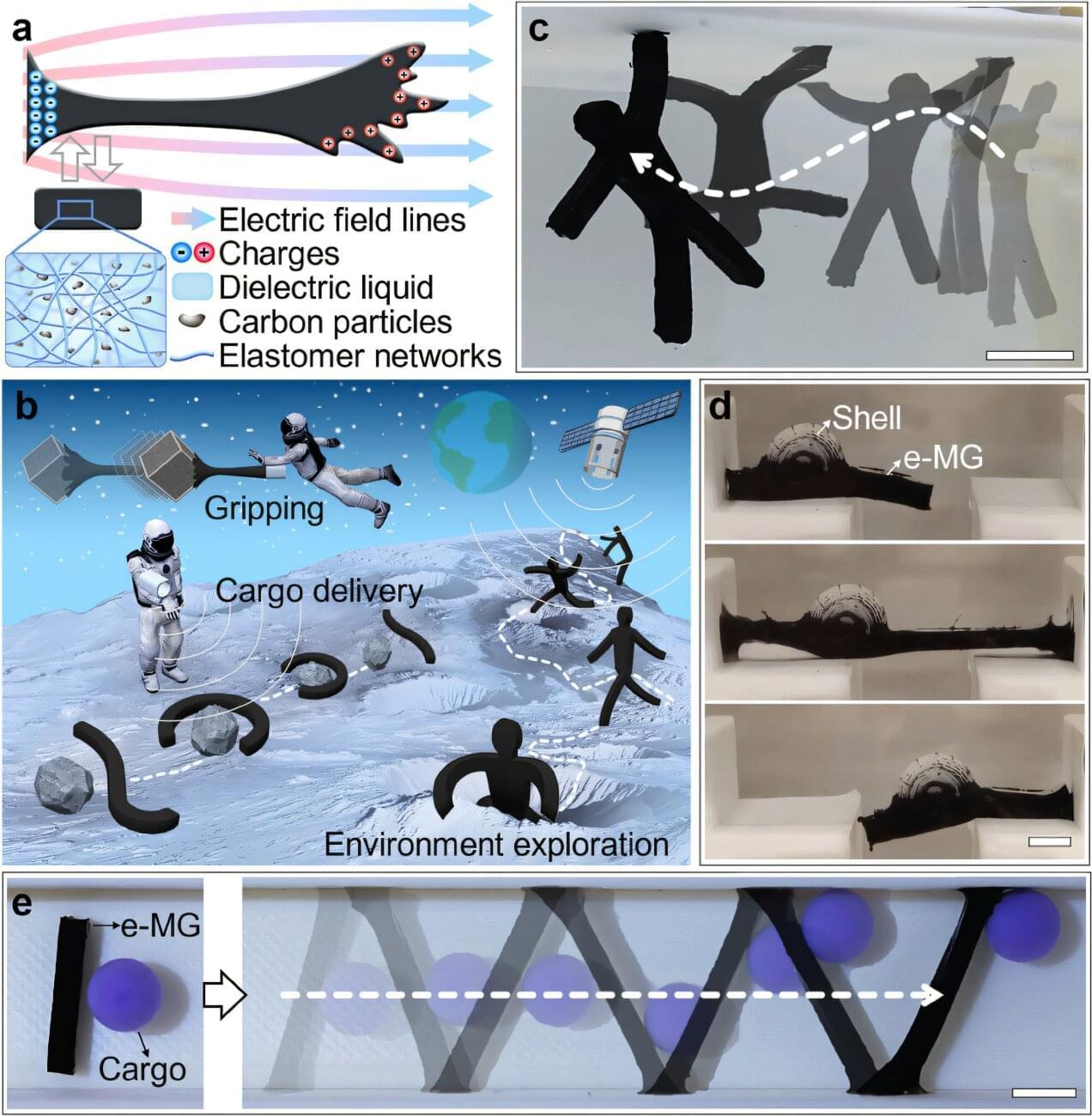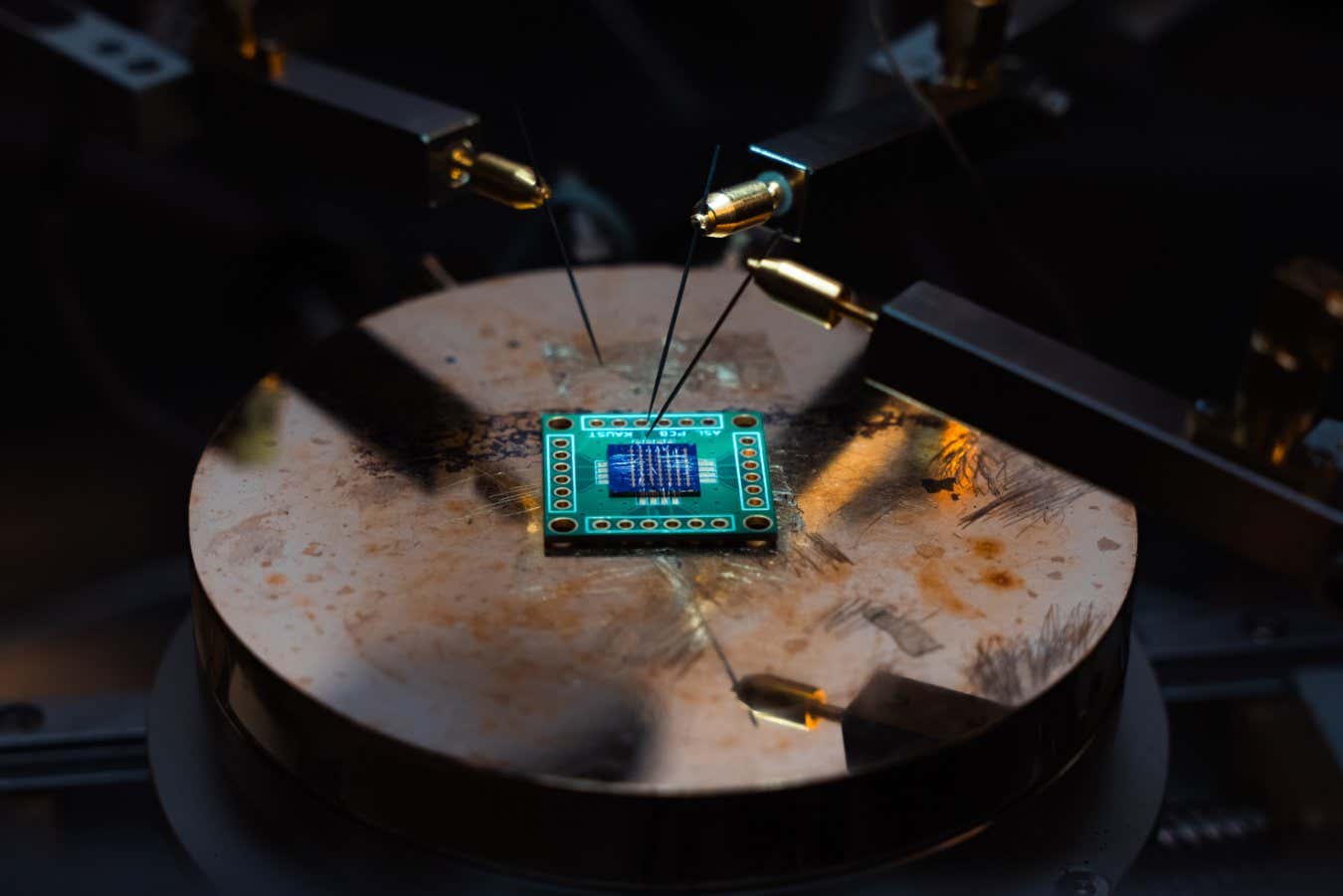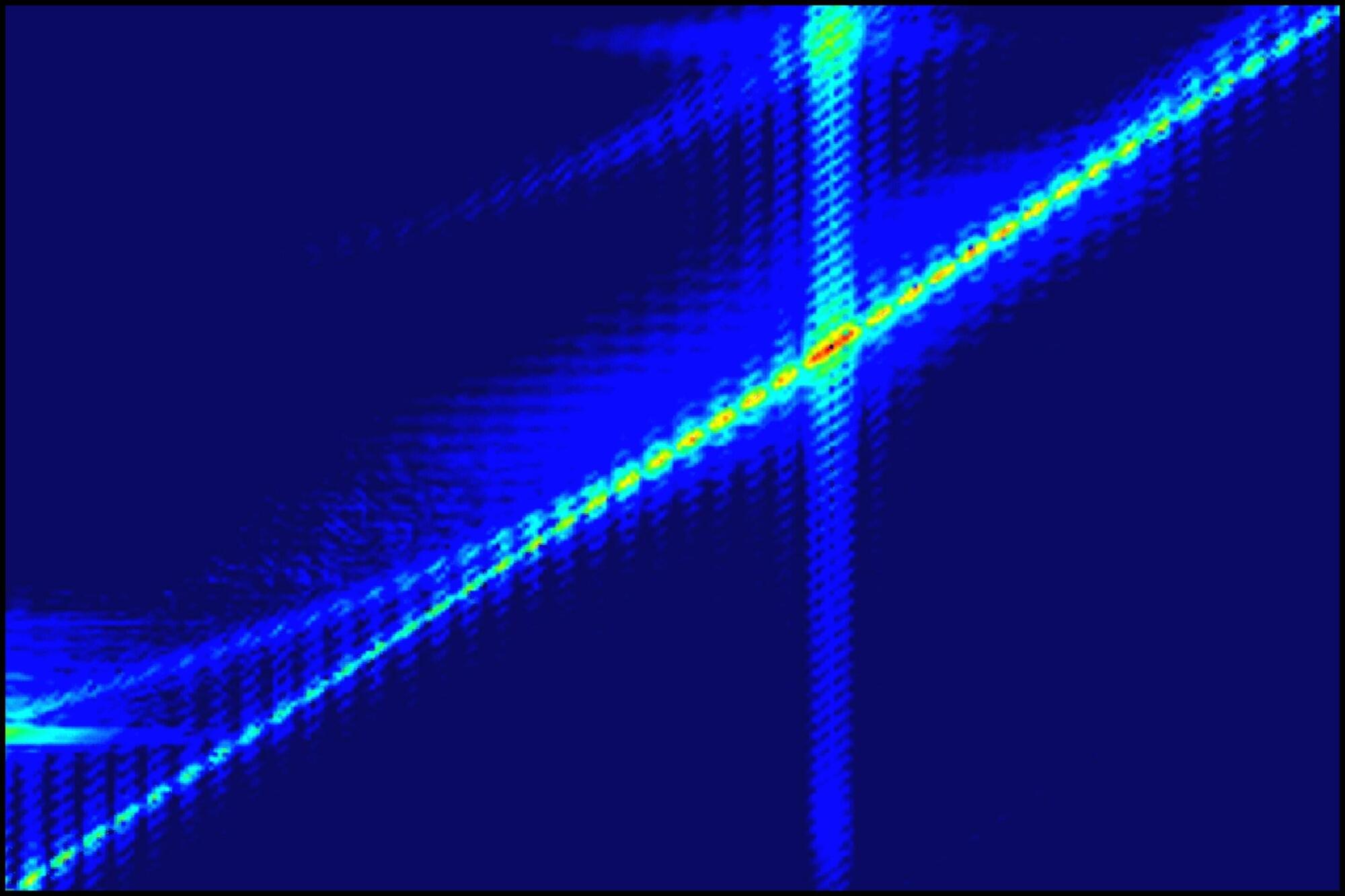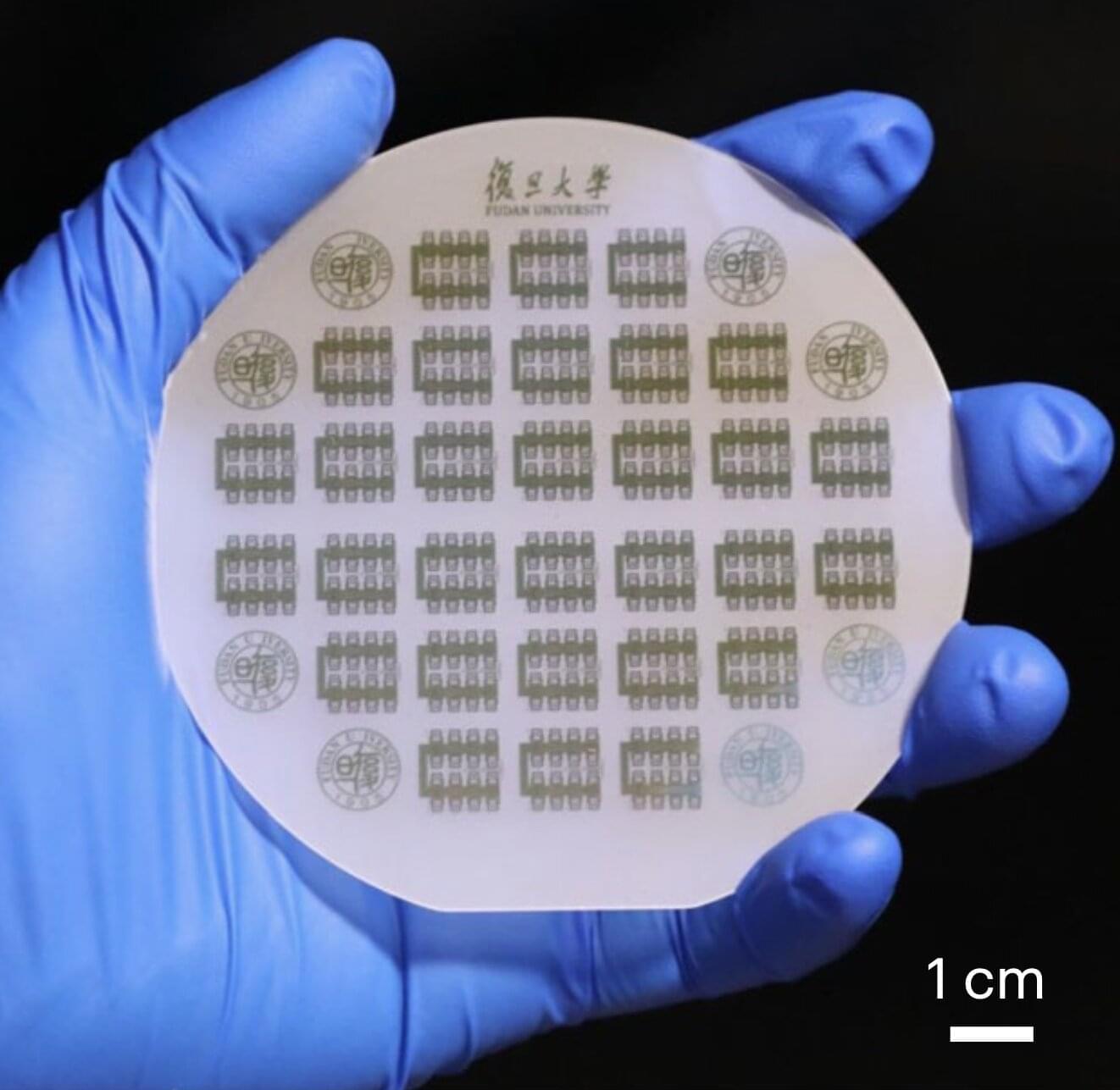In the right combinations and conditions, two-dimensional materials can host intriguing and potentially valuable quantum phases, like superconductivity and unique forms of magnetism. Why they occur, and how they can be controlled, is of considerable interest among physicists and engineers. Research published in Nature Physics reveals a previously hidden feature that could explain how and why enigmatic quantum phases emerge.
Using a new terahertz (THz) spectroscopic technique, the researchers revealed that tiny stacks of 2D materials, found in research labs around the world, can naturally form what are known as cavities. These cavities confine light and electrons into even tinier spaces, potentially changing their behavior in drastic ways.
“We’ve uncovered a hidden layer of control in quantum materials and opened a path to shaping light–matter interactions in ways that could help us both understand exotic phases of matter and ultimately harness them for future quantum technologies,” said James McIver, assistant professor of physics at Columbia and lead author of the paper.
